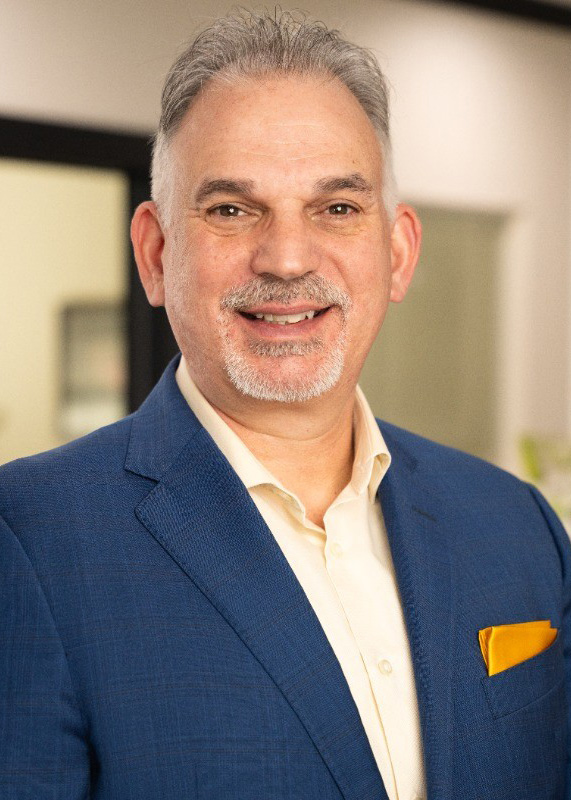How hospitals can recover operating room revenue
For rural hospitals, every dollar of revenue is critical to sustaining operations and providing quality patient care. Surgical procedures often bring in higher reimbursements than medical treatments, making the operating room (OR) a key revenue source. However, many rural hospitals may be missing out on substantial OR revenue due to overlooked charges and outdated billing processes. With limited staff and resources, it’s easy for these details to slip through the cracks. By taking a closer look at OR revenue recovery, rural hospitals can uncover new financial opportunities to strengthen their bottom line and continue serving their communities effectively.
The hidden costs of simplified coding
Since the health system moved to a fee-per-service model, the focus has been on procedures. In surgical units, this can seem easy because operations are clearly defined. Yet there is tremendous nuance within each case that can alter the complexity of those procedures, as well as the patient’s recovery and aftercare.
It is these differences that impact the resources a rural hospital has to utilize on each patient, but those resources are frequently overlooked because the surgical procedure is coded the same in all cases. As a result, the hospital loses out on substantial revenue.
Let’s look at an example. The first case is a 35-year-old man in need of a knee replacement. He has been a marathon runner for years and, knee aside, is in great shape. Now consider a 72-year-old man who needs a knee replacement. He has had worsening arthritis for several years and has put on weight due to restricted mobility. He is being treated for high blood pressure and has cholesterol and blood sugar levels that are borderline high.
These two cases are profoundly different, even if the knee replacement is the same. They have each entered the hospital under vastly different circumstances. They will respond to the surgery differently and it is reasonable to expect different recovery times.

Hospitals believe they are on top of these differences due to their use of levels or point systems, but these systems are rarely reviewed to ensure they are capturing every charge.
These inaccuracies are a concern for many rural hospitals, but they play an outsize role in the operating room. In part, this is due to the sheer number of surgical procedures performed, as well as the fact that surgical procedures often get a higher reimbursement than medical procedures. These factors can lead to missed charges in the OR.
How to recover OR revenue
Many OR doctors and nurses are unlikely to notice these details – they are rightly focused on patient care, not hospital revenue. Similarly, revenue cycle teams can't understand what’s being missed, since they lack clinical knowledge.
The only way to recover this missing OR revenue is to have someone with both clinical and revenue cycle expertise review the situation. Most rural hospitals lack staff with this combination of expertise, so this typically requires an outside consultant who would ideally work on a contingency basis so the hospital is out nothing unless revenue is recovered. The consultant would look through all OR procedures for details that have been overlooked but should have been submitted for payment. They will also update the hospital’s billing process for submitting these charges in the future.
At Scheurer Health, a 25-bed critical access hospital in Pigeon, Mich. President and CEO Ross Ramsey reports that working with Net Revenue to recover OR revenue made a financial impact of about $2 million.
Additionally, at Wyandot Memorial Hospital, a 25-bed CAH in Upper Sandusky, Ohio, CFO Matt Mercer says the facility has picked up about $1.1 million in net reimbursements since working with Net Revenue. “The advice they’ve given us will continue to pay dividends for the next several years,” he adds.
This method requires a different way of thinking about the problem, but it is the best way for rural hospitals to recover missed OR charges. The increase in revenue makes any effort involved in bringing someone in to review OR charges worthwhile, helping rural hospitals remain financially stable and continue providing essential care to their communities.
NRHA adapted the above piece from Net Revenue, a trusted NRHA partner, for publication within the Association’s Rural Health Voices blog.
 | About the author: Chris Milligan is the chief revenue officer for Net Revenue. He has over 30 years of experience in all aspects of the revenue cycle process and has earned his MBA from Ashland University and received his CRCR and CHFP certifications through the Healthcare Financial Management Association. |
